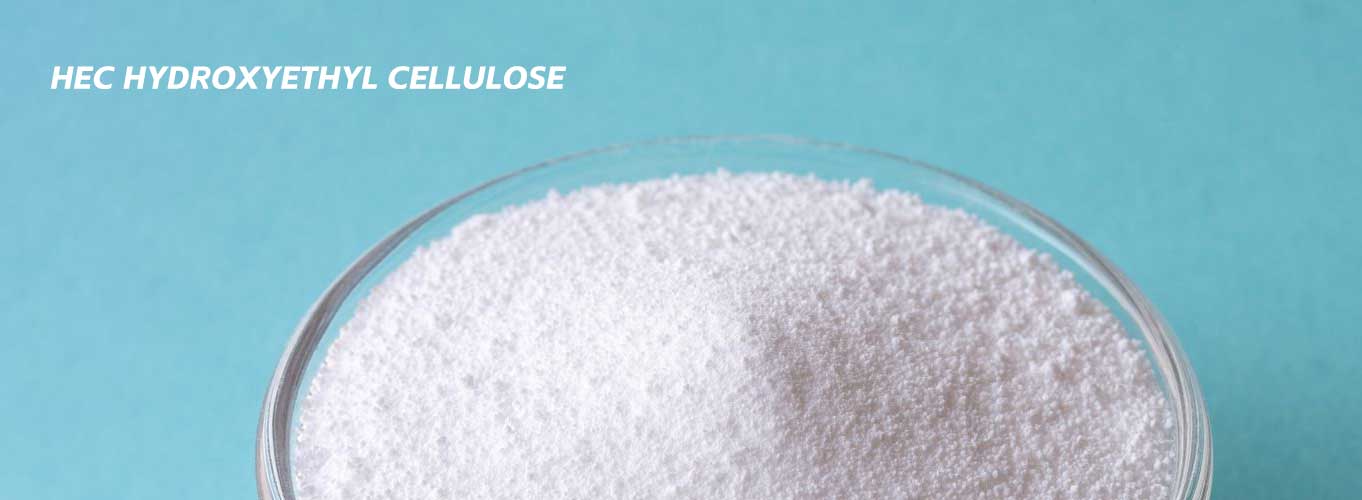
Application Specification of Hydroxyethyl Cellulose in Self-Leveling Mortar
2025-04-22 18:37Hydroxyethyl Cellulose (HEC) is a non-ionic water-soluble cellulose ether widely used in self-leveling mortar to enhance its flowability and construction performance. This article briefly outlines the role, application specifications, and benefits of HEC in self-leveling mortar.
Role of HEC
Water Retention: Slows water evaporation, ensuring sufficient cement hydration and preventing cracking.
Rheology: Improves mortar flowability, reduces segregation and bleeding, and ensures uniform spreading.
Anti-Sagging: Increases viscosity, preventing mortar sagging and maintaining construction shape.
Adhesion: Enhances bonding strength between mortar and substrate, reducing hollowing.
Application Specifications
Dosage: HEC dosage is 0.1%-0.5% of cementitious materials, adjusted based on formulation and environment.
Mixing: Blend HEC with dry materials before adding water and stir to avoid clumping.
Water-Cement Ratio: Strictly control water-cement ratio to ensure strength and flowability.
Environment: Work in suitable temperature and humidity, avoiding extreme heat or dryness.
Substrate Preparation: Ensure substrate is clean and dry; grind or apply primer if necessary.
Construction: Use tools like scrapers to spread mortar evenly and eliminate air bubbles.
Curing: Keep surface moist post-construction, curing for at least 7 days.
Benefits
Enhances construction efficiency, reducing manual leveling efforts.
Improves water retention, adhesion, and durability of mortar.
Minimizes cracking and hollowing, ensuring project quality.
Eco-friendly, aligning with sustainable development goals.
Conclusion
HEC significantly improves the performance and application of self-leveling mortar. By adhering to proper specifications, HEC ensures mortar quality, providing reliable support for flooring projects.

